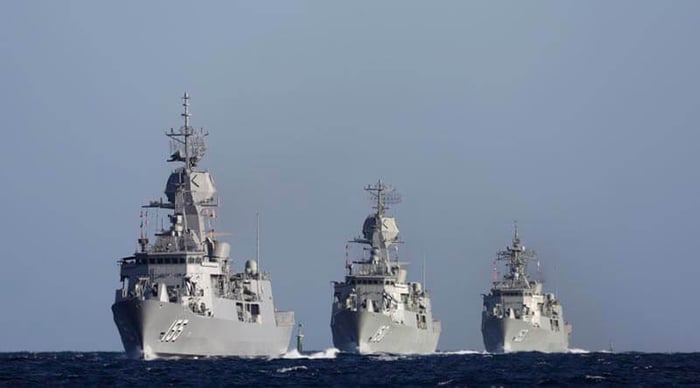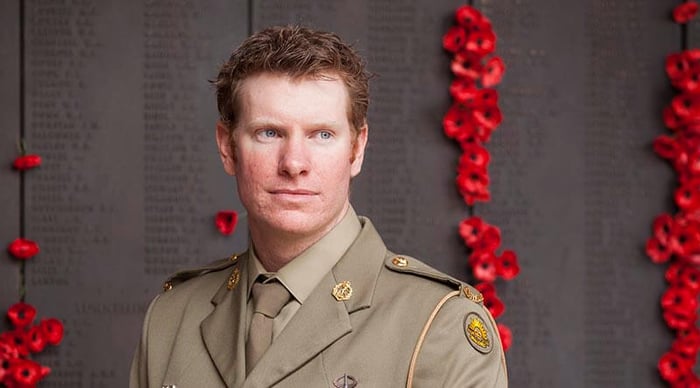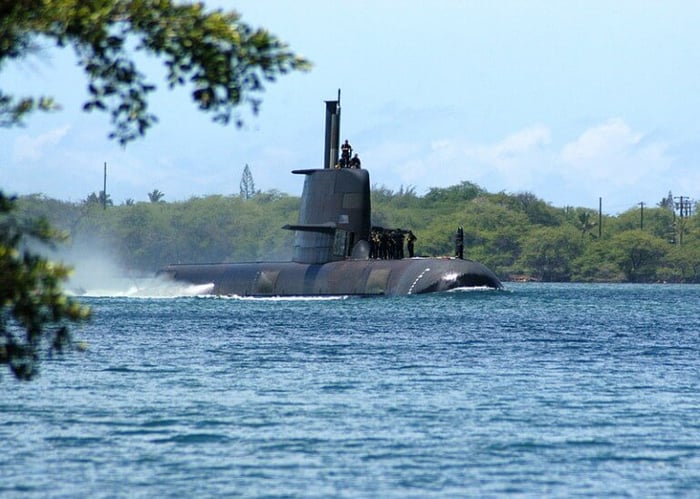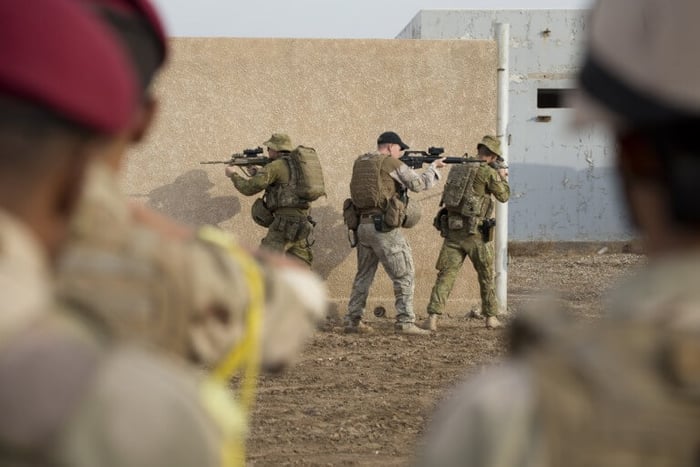
Capacity Building of Allied Forces
Counterinsurgency is one of the principal modes of conflict of our time. The component of counterinsurgency operations which remains neglected is the capacity building of allied forces—a subject that is rightfully the subject of a great deal of analysis. The ADF has been involved almost constantly with that task for decades, beginning most coherently with theAustralian Army Advisory Team in Vietnam and more recently in Afghanistan and Iraq. Capacity building is a concept derived from international development theory and practice which throws some light on the complex process of creating a national army and the role of external expertise in that process.
The strengthening of local allies is emerging as a critical factor in the durability of counterinsurgency outcomes. If partner forces can’t assume prime responsibility for national security after allied withdrawal (though perhaps with ongoing specialist inputs by air power or special forces units), years of military effort with enormous financial and human cost can be put at risk. In that sense capacity building underpins the exit strategy for external forces. In Iraq and Afghanistan, more than a decade has been devoted to both counterinsurgency operations and capacity building of the national army. Yet the effectiveness of the local forces is still subject to serious doubt and the conflict drags on.
The first step in any capacity building program is to assess honestly and in some detail the current status of the partner organisation, encompassing such factors as current strengths and weaknesses, capacity building objectives and strategies, resources required and allocation of responsibilities and priorities. Time invested here will pay off, because the subsequent program will only be successful if it addresses the weaknesses of the partner organisation. The analysis must be hard-headed and frank. We’ll never solve problems we cannot or will not see.
A recurrent temptation in capacity building is to assume that the military force we’re creating is a mirror image of our own. In countries like Iraq and Afghanistan that’s unrealistic since the cultural milieu is different and the resources available to the host government more limited. It’s important to understand in what ways the model we’re pursuing differs from western norms, formulate a strategy to achieve it and devise relevant indicators of progress.
Capacity building is about more than just training. Many practitioners come from a training background and confuse the essential component of skills development with a more holistic process. Effective armies are built on a series of interdependent functioning units (not just combat forces but also logistics, communications, intelligence and administration) which support each other and allies. They’re also dependent, above all, on specific states of mind among all staff and associates. Unlike most other institutions, an army may be called upon to place lives at risk to achieve its objectives. Soldiers therefore need to display not only professional skill but also courage, discipline and the elusive quality of sound judgment.
Capacity building must have a clearly defined end point. The process involves a phased reduction in the scale and volume of external inputs so that the partner organisation gradually assumes full responsibility for its operations. The objective is to reach critical mass at which point the organisation itself can take over capacity development for its own future. Yet a key factor in effectiveness is time. We’re talking about a protracted process. Effective institutions cannot be created overnight, no matter how much money is spent. Capacity building is highly labour intensive—requiring continuity of presence to build up trust and confidence on both sides—and demands patience, flexibility and cultural understanding. That’s often incompatible with military conventions of postings and tours of duty which engender lack of continuity. Yet external allies are often keen to expedite withdrawal in order to minimise casualties unpopular at home and avoid appearing to be a permanent occupying force. Time frames are often therefore imposed politically by people who understand little of what’s involved in building a modern army.
Insurgencies can rarely be suppressed by military means alone. Political initiatives can play a key role in reducing tensions and facilitating conflict resolution. For instance, the Malayan Emergency of 1948–1960 was in part an ideological conflict but more importantly an expression of anti-colonialism. When the British Government announced that it was entering into discussions on independence and then set a date for its achievement, the rationale for the insurgency was seriously undermined. In South Vietnam the unwillingness or inability of the US Government to leverage political reform in a corrupt state was reflected in the increasing reluctance of Vietnamese soldiers to risk their lives defending it.
What all capacity building teams dread is the situation of a perfect storm of factors in which an ongoing conflict (imposing severe time pressures on capacity teams), well organised and highly motivated opponents, a corrupt state and a dispirited and cynical population make it almost impossible to conjure up an effective modern army, no matter how great the need might be.
The importance of capacity building of allied forces seems unlikely to reduce in the foreseeable future. It’s now a core function of the Australian Army. Western armies could usefully identify capacity building as a specialist military profession with distinct skill needs, and invest in it accordingly.
AUTHOR - David Guy is a development economist with thirty years of experience in international development in the public and private sectors. This article is based on research supported by the Army History Unit, Department of Defence.
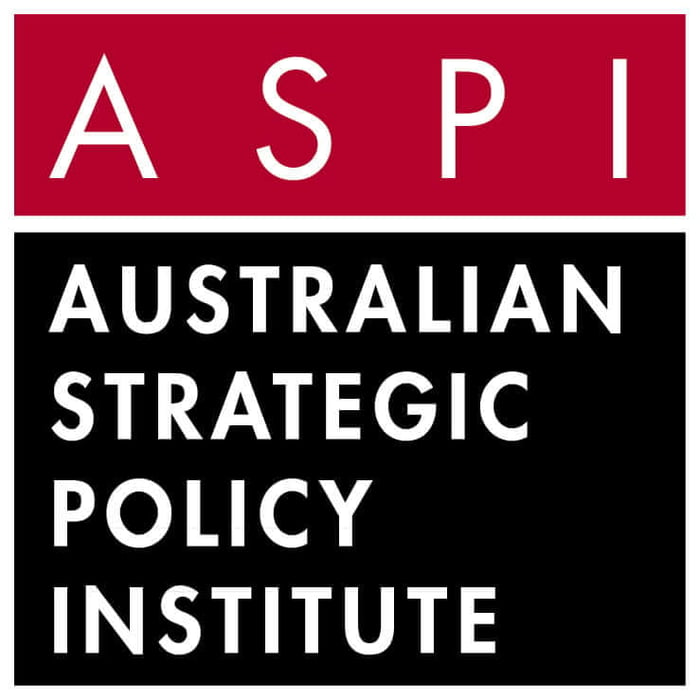 This article was originally published on The Strategist and is republished here with kind permission.
This article was originally published on The Strategist and is republished here with kind permission.




